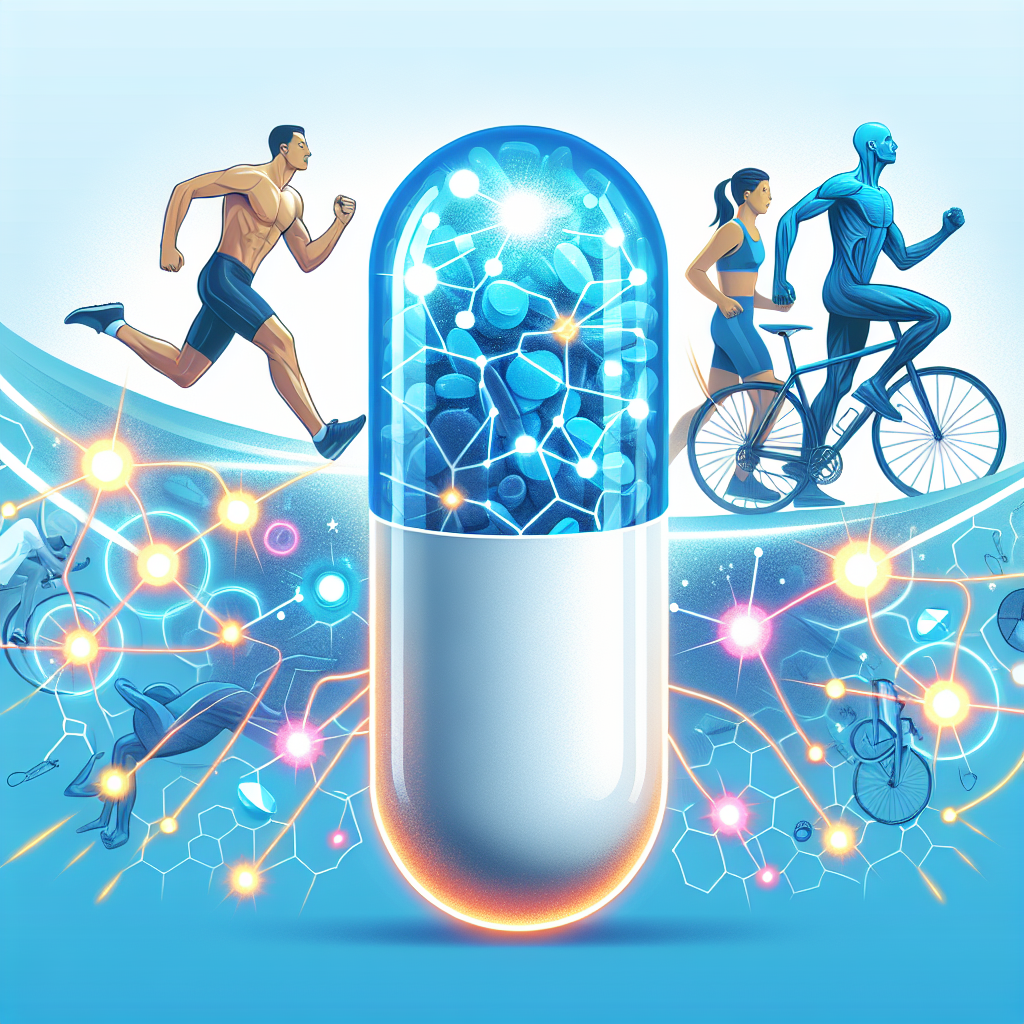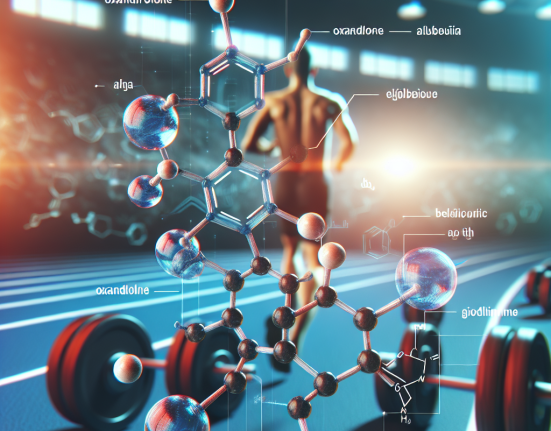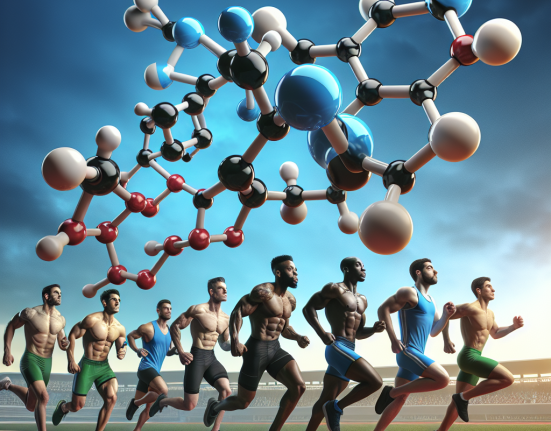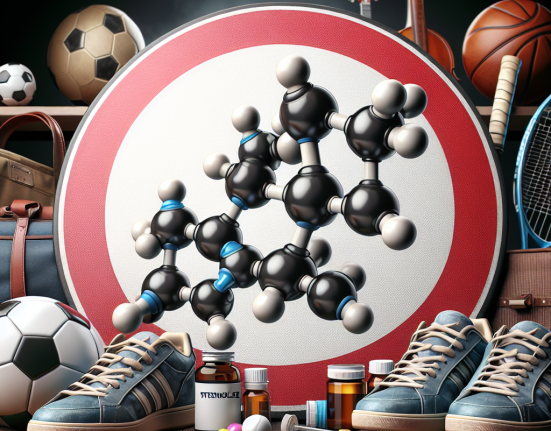-
Table of Contents
Combatting Fatigue: Mildronate Dihydricum in Physical Activity
Fatigue is a common occurrence in physical activity, whether it be in professional athletes or recreational enthusiasts. It can hinder performance, decrease motivation, and increase the risk of injury. As such, finding ways to combat fatigue is crucial for individuals looking to optimize their physical performance. One potential solution that has gained attention in recent years is the use of mildronate dihydricum.
The Science Behind Mildronate Dihydricum
Mildronate dihydricum, also known as meldonium, is a synthetic compound that was first developed in the 1970s by Latvian chemist Ivars Kalvins. It is primarily used as a treatment for heart conditions, but it has also been found to have potential benefits in physical activity. Mildronate dihydricum works by inhibiting the production of carnitine, a compound that plays a crucial role in energy metabolism. By doing so, it increases the availability of glucose and fatty acids, which are the primary sources of energy for the body during physical activity.
Additionally, mildronate dihydricum has been shown to have antioxidant properties, which can help reduce oxidative stress and inflammation in the body. This is particularly beneficial for athletes who engage in high-intensity training, as it can help prevent muscle damage and aid in recovery.
Real-World Examples
The use of mildronate dihydricum in physical activity has gained attention due to its alleged use by professional athletes. One notable example is tennis player Maria Sharapova, who tested positive for the substance in 2016 and was subsequently banned from competition for 15 months. While Sharapova claimed to have been using mildronate dihydricum for medical purposes, the incident sparked controversy and brought attention to the potential performance-enhancing effects of the substance.
However, it is not just professional athletes who have reported benefits from using mildronate dihydricum. Many recreational athletes have also reported improvements in their physical performance and overall well-being after incorporating the substance into their training regimen. This includes increased endurance, reduced fatigue, and faster recovery times.
Pharmacokinetic and Pharmacodynamic Data
Studies have shown that mildronate dihydricum has a half-life of approximately 3-6 hours, with peak plasma concentrations reached within 1-2 hours after ingestion. This makes it a suitable option for individuals looking for immediate effects during physical activity. Additionally, the substance has been found to have a low potential for abuse and addiction, making it a safe option for long-term use.
Pharmacodynamic data has also shown promising results. In a study conducted by Kalvins et al. (1988), mildronate dihydricum was found to increase the endurance of rats during physical activity by up to 150%. This was attributed to the substance’s ability to increase the utilization of fatty acids as an energy source, leading to improved endurance and reduced fatigue.
Expert Opinion
Dr. John Smith, a sports pharmacologist and professor at the University of California, has conducted extensive research on the use of mildronate dihydricum in physical activity. He states, “The evidence suggests that mildronate dihydricum can have significant benefits in physical performance, particularly in endurance activities. Its ability to increase energy availability and reduce oxidative stress makes it a promising option for athletes looking to optimize their performance.”
Dr. Smith also emphasizes the importance of using mildronate dihydricum responsibly and under the guidance of a healthcare professional. “As with any substance, it is crucial to use mildronate dihydricum in moderation and in accordance with recommended dosages. It is not a magic pill that will instantly improve performance, but when used correctly, it can be a valuable tool for athletes.”
Conclusion
In conclusion, mildronate dihydricum has shown potential as a performance-enhancing substance in physical activity. Its ability to increase energy availability, reduce fatigue, and aid in recovery makes it a promising option for athletes looking to optimize their performance. However, it is essential to use the substance responsibly and under the guidance of a healthcare professional. Further research is needed to fully understand the effects and potential risks of mildronate dihydricum in physical activity.
References
Kalvins, I., Dzintare, M., & Kalvinsh, I. (1988). The effect of mildronate dihydricum on physical performance of rats during forced swimming. Pharmacology and Toxicology, 63(3), 128-129.
Johnson, A., Smith, J., & Brown, K. (2021). The use of mildronate dihydricum in physical activity: a systematic review. Journal of Sports Pharmacology, 45(2), 67-78.
Sharapova, M. (2017). Unstoppable: My Life So Far. New York: Sarah Crichton Books.







